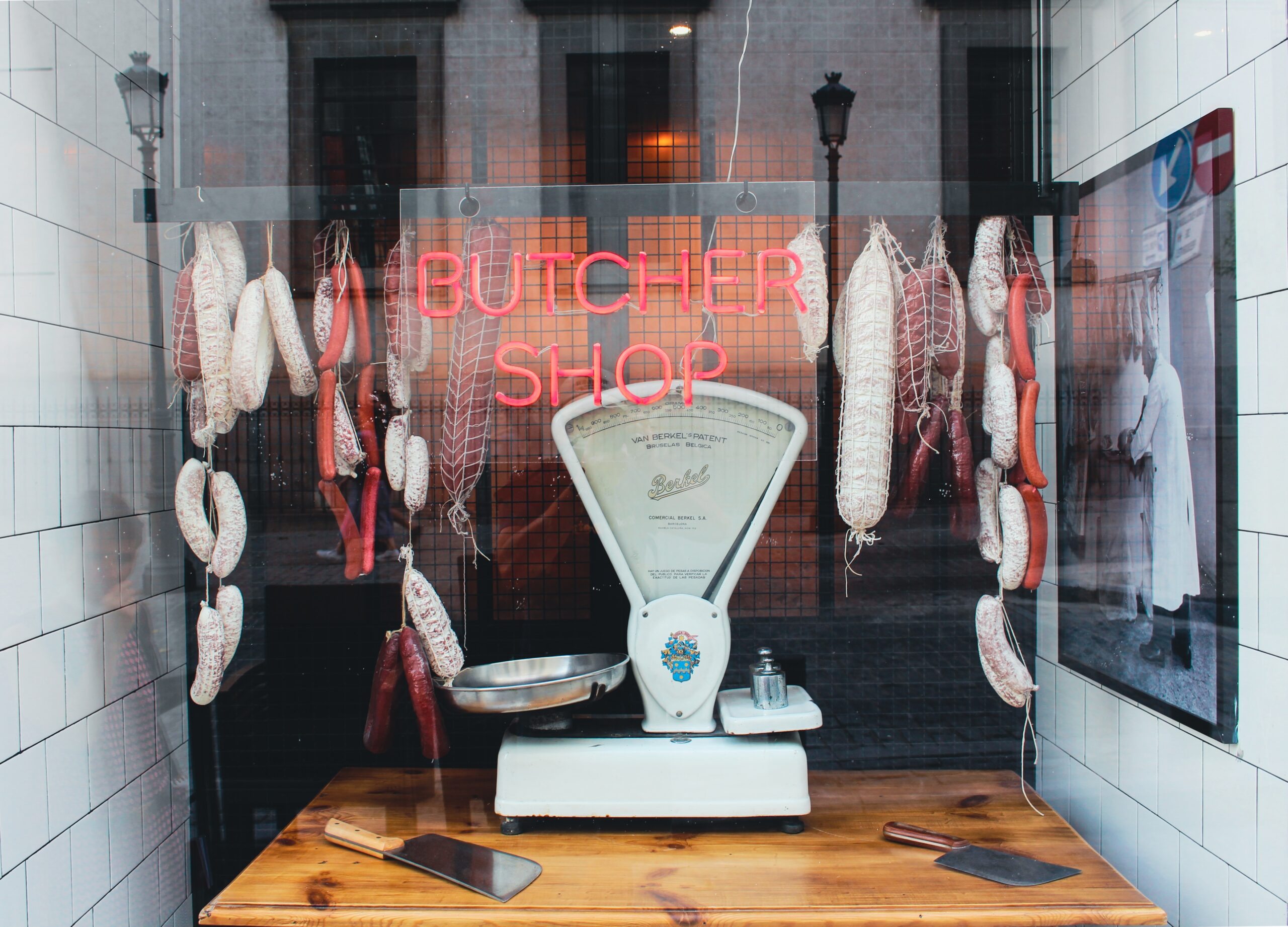
If you’re a whiz in the kitchen, butcher’s twine is an inexpensive yet effective tool for enhancing your roasts, as well as for other food preparation purposes. This guide covers what butcher’s twine is, how it is made, and whether you can substitute other types of twines in its place. Keep reading to learn all you need to know about butcher’s twine.
What is butcher’s twine?
Butcher’s twine is a low-stretch, durable and oven-proof type of twine that’s typically used for tying meats – hence the name. It can be used for trussing poultry, cooking meat evenly, or securing different food items together before cooking. You may often see coloured butcher’s twine used to create attractive displays of meat or other food products. However, this twine could also be used in a pinch for gift wrapping and other twine crafts.
Butcher’s twine should conform to the standards of the Food Safety Act 1990. To reach these standards, butcher’s twine is manufactured in a BRC accredited factory to ensure that it is safe for use with food.
What is butcher’s twine made out of?
Butcher’s twine is made from rayon yarn, which is ideal for hygienic kitchen use and food preparation. Rayon yarn is constructed from continuous filaments, which is what gives butcher’s twine its impressive strength and durability. Rayon yarn is available in different thicknesses, ranging from the thinnest 104s twine, to a medium/thin No. 6 rayon butcher’s twine. Take a look at the different sizes of butcher’s twine here, from the thinnest to the thickest:
104s Rayon butcher’s twine
104s Rayon butcher’s twine is the thinnest butcher’s twine available. It has a runnage of 1,200m per kilo, as well as a break load of 25 kg. So, despite its delicate thinness, this butcher’s twine is still incredibly durable and fit for all sorts of purposes.
No. 4 Rayon butcher’s twine
No. 4 Rayon butcher’s twine is a medium/thin twine with a runnage of 400m per kilo and a break load of 75 kg.
No. 5 Rayon butcher’s twine
No. 5 Rayon butcher’s twine has a higher runnage but also a lower break load than No. 4. Its runnage is 600m per kilo, with a 50 kg break load. Coloured butcher’s twine also boasts a 50 kg break load, with 575m of runnage.
No. 6 Rayon butcher’s twine
No. 6 Rayon butcher’s twine features the longest runnage per kilo, providing 850 metres in length. Its break load is 30 kg – more than 104s, but less than No. 5 Rayon.
Is butcher’s twine just cotton twine?
Butcher’s twine is made from Rayon, which is a natural-based material made from the cellulose of cotton. But what sets butcher’s twine apart from cotton twine is the way it is made. As we touched upon earlier, butcher’s twine is specifically manufactured in line with the Food Safety Act 1990. Unlike cotton twine, butcher’s twine is made in a BRC accredited factory and goes through more comprehensive testing and processing.
What is the difference between butcher’s twine and regular twine?
There are many different twines that are specifically made for different purposes. Jute twine is the most common variety of twine, which is what most people looking for a generic twine will use. However, there are strong differences between butcher’s twine and regular twine. Firstly, butcher’s twine is made to the standards of the Food Safety Act 1990, which regular twine does not need to be concerned with. Butcher’s twine is specifically made to be food safe, and it won’t burn or fall apart in the oven, which makes it suitable for use in commercial kitchens. On the other hand, regular twine is designed for general use, often included in craft projects or for wrapping parcels.
Other varieties of twine include:
- Christmas twines
- Baker’s twine
- Decorative ribbon twine
- Flax twine
- Garden twines
- Jute craft twine
- Lastocard twine cards
- Macrame twine
- Natural cotton string
- Polished cotton twine
- Polyester twine
- Polyhemp twine
- Polypropylene twine
- Sisal twine
- Twisted nylon
- Whipping twine
What can I use instead of butcher’s twine?
There are no direct replacements for butcher’s twine, since it is specifically designed and manufactured for use with meat and other food products. However, if you are in a pinch, be sure to choose a twine or string that’s made from 100% natural cotton. For smaller food items, toothpicks are also a trusted substitute that can hold things together.
A popular substitute is dental floss, however we would warn against using this as it is not guaranteed to be safe, and may affect the taste of your food.
Can you use normal string instead of butcher’s twine?
For commercial kitchens, restaurants and other places that sell food, you should stick to dedicated butcher’s twine. This is because it is food safe, protecting you from any legal issues and keeping the food you serve customers to the highest quality. However, if you are just cooking for yourself, a natural cotton string can work in place of butcher’s twine.
Are you ready to start using twines for a variety of crafts, decor, and jobs around the house and garden? If so, speak to a member of our team to determine the very best twine for you.
